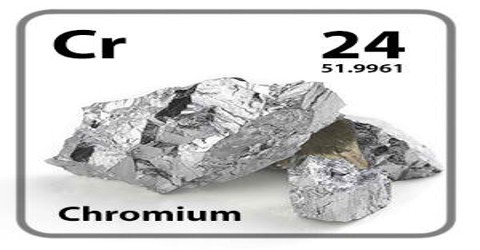

Klingman’s specialty is gas tungsten arc welding. Perhaps the declared expert (by most motorsports people) for welding the frames is Denny Klingman of Lincoln Electric. Also, racers constantly redesign their cars to make them faster or stronger or more stable in the turns. The endeavor is very lucrative because the frames often survive only one or two races. Note: For those who are unfamiliar with the AISI/SAE terms, such as 41, the first two digits refer to the alloy type chromium molybdenum, and the last two digits refer to the carbon content-in these cases, 0.30 percent and 0.40 percent, respectively, not 30 percent and 40 percent.įabricating CrMo frames has become an industry of its own, and some shops are dedicated to building and rebuilding them ( Figure 1). Brittle material renders race cars unsafe. Although it is stronger, higher-carbon 4140 is not as ductile. This allows the frames to be made from thinner materials because the strength is greater than that of regular low-carbon steel.īecause of its ductility, 4130 CrMo is the most popular for race car frames. Most of the frames (nearly all) are fabricated from CrMo tubing. Their frames are not built by the automotive manufacturers they are custom-built to meet the requirements of NASCAR® and other racing affiliates. Today’s race cars have even much more horsepower. Some of today’s street automobiles now have more than 300 HP and torque that was unimaginable some years ago. The torsional strength inherent in CrMo alloys is extremely important in modern high-performance engines.
Case hardening allows the surface to be wear-resistant and the interior to be relatively ductile and less brittle. One of the major benefits of using this material for heavy-duty machinery is its ability to surface-harden (case-harden) or through-harden. Most of the hydraulic shaft material is CrMo.Īxles and roller pins on track machines (bulldozers) are nearly always made of this material in some formula. The hydraulic systems in this equipment also require good tensile strength and wear resistance to lift the large buckets and shovels that were unheard of just a few years ago. Earthmoving machinery has higher horsepower and torque that enable the equipment to move massive amounts of earthen materials (rock, coal, and sand) very rapidly. Modern diesel engines also need very strong crankshafts. The crankshaft is a very good example of the benefits of chrome moly in that wear, heat resistance, and strength are all needed properties for an efficient and long-lasting engine. Heat didn’t build up under the hood the way it does today with modern engines. The horsepower was not great enough to cause crankshaft failure in most cases.

It was just thought to be the “thing” to have.Ĭast-iron crankshafts served automobiles well for many years when the RPMs were relatively low and the highways did not stretch from coast to coast.
CHROMIUM MELTING POINT DRIVERS
Some drivers had no idea why it was important to have such an alloy in that part of the engine. For a young car racer, a chrome-moly crankshaft was a must-have if he wanted to be a winner. These alloys have many more uses than once was believed. Hopefully, a tragedy such as 9/11 will never occur again, but fires that produce similar results are likely to occur. It’s possible that the material could be used in constructing skyscrapers and other buildings in the future. The theory is that the CrMo would have retained approximately 50 percent of its strength at 1,000 degrees F and, therefore, would not have collapsed so quickly. Some innovative engineers realized that this material possibly could have saved hundreds of lives had the towers been constructed with the alloy in some form-most likely A387 Grade 11 or Grade 22.

Often unnoticed by the general engineering populace, the value of these alloys in building construction has been brought to the forefront by the 9/11 event. The main characteristics are strength (creep strength and room temperature), rigidity, hardenability, wear resistance, corrosion resistance, fairly good impact resistance (toughness), relative ease of fabrication, and the ability to be alloyed in various ways that create “fitness for use” in some These alloys’ characteristics make them desirable in many areas of construction and manufacturing. Some of the names are chrome moly, croalloy, chromalloy, and CrMo. The names for this category are nearly as numerous as their uses. Chromium-molybdenum alloys often are grouped in a single category.


 0 kommentar(er)
0 kommentar(er)
